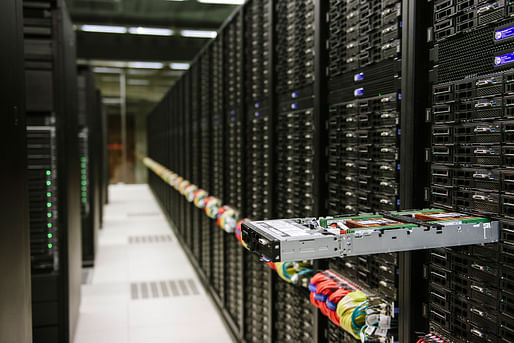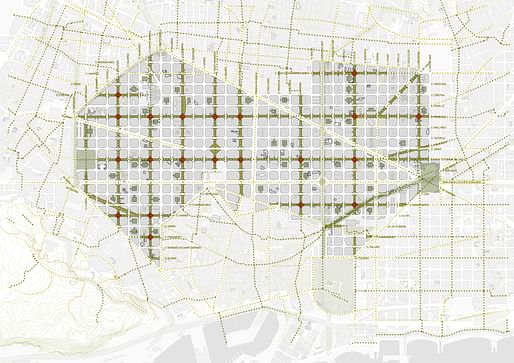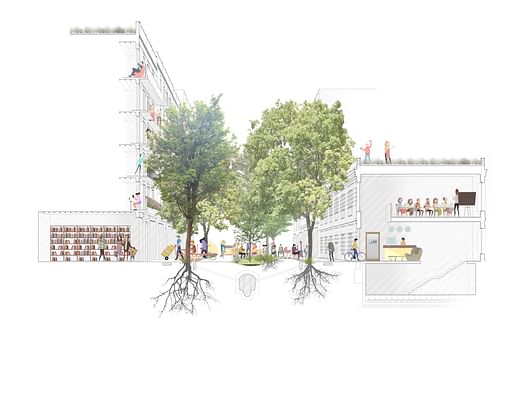
Barcelona has become the latest city to begin construction on a digital twin of itself. Currently in a test phase, the data-driven replica of the city is expected to be operational by 2027, at which point it will be used as an urban planning tool to shape the city’s future development.
The digital twin will be housed within the MareNostrum supercomputer, one of the world’s most powerful data processors, located within the city’s Torre Girona chapel. Originally constructed in the 19th century, the chapel was rebuilt in the 1940s following the Spanish Civil War, and now sits on the campus of the Polytechnic University of Catalonia. The chapel has housed the supercomputer since 2005.

For city officials, the digital twin will offer urbanists, architects, and planners a means of testing urban theories and projects before implementation in order to understand their effects, without physically disrupting the city. "Instead of implementing flawed policies and then have to go back and correct them, we're saving time by making sure those decisions are right before we execute them," Barcelona Deputy Mayor Laia Bonet told Politico.
One project which Bonet says demonstrates the need for digital twins is the city’s superblocks. As we previously reported, Barcelona had begun developing superblocks (known locally as superilles) as car-free mini-neighborhoods around which traffic would flow. Launched in response to the city’s deadly struggle with air pollution, the plan sought to ultimately reduce vehicular traffic by 21%, freeing almost 60% of the streets from cars. Work on the project began in 2016, with a major expansion announced in 2020.

However, despite promising impacts on air quality within the superblocks themselves, an analysis by the supercomputer found that the impact on emissions in the wider area was negligible; an analysis which Bonet believes would have informed the scheme’s design if it had been available at the time.
"Air quality within the superblocks themselves is better but pollution has grown in the adjacent streets to which the displaced car traffic has shifted," Bonet told Politico. "It doesn't mean the superblocks are bad — they've had a positive impact in other ways — but it does show that they aren't a fix-all solution when it comes to air pollution, so we need to combine them with other policies if we want to lower emissions."

The supercomputer is now being used to inform Barcelona’s vision of a 15-minute city, which would give citizens access to all daily services within a 15-minute walk or bike ride from their homes. Analyses conducted using the digital twin could include gentrification trends, transportation access, or highlight higher populations of elderly people in need of particular health, social, or transport infrastructure.
Bonet also believes the project will allow the city to make rapid planning decisions to combat climate change. "We are in an emergency situation in which we no longer have time to make mistakes," Bonet told Politico. "To meet the 2030 [climate] goals, to be climate neutral by 2050 ... we have to get things right the first time around."
Barcelona is one of several cities around the world currently developing digital twins, including Las Vegas, Los Angeles, and Phoenix in the United States, and Bradford in the United Kingdom.
No Comments
Block this user
Are you sure you want to block this user and hide all related comments throughout the site?
Archinect
This is your first comment on Archinect. Your comment will be visible once approved.